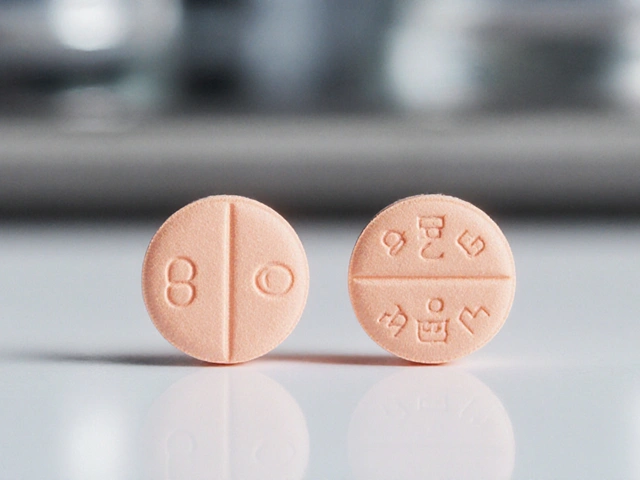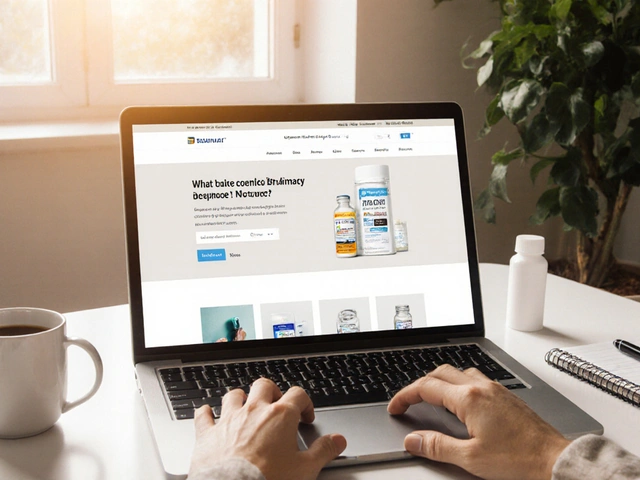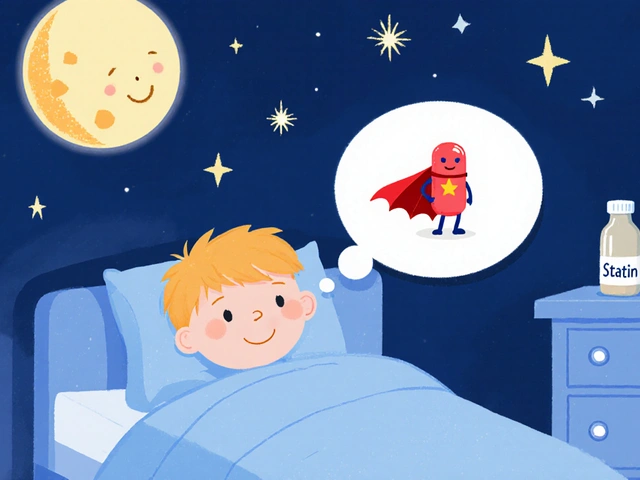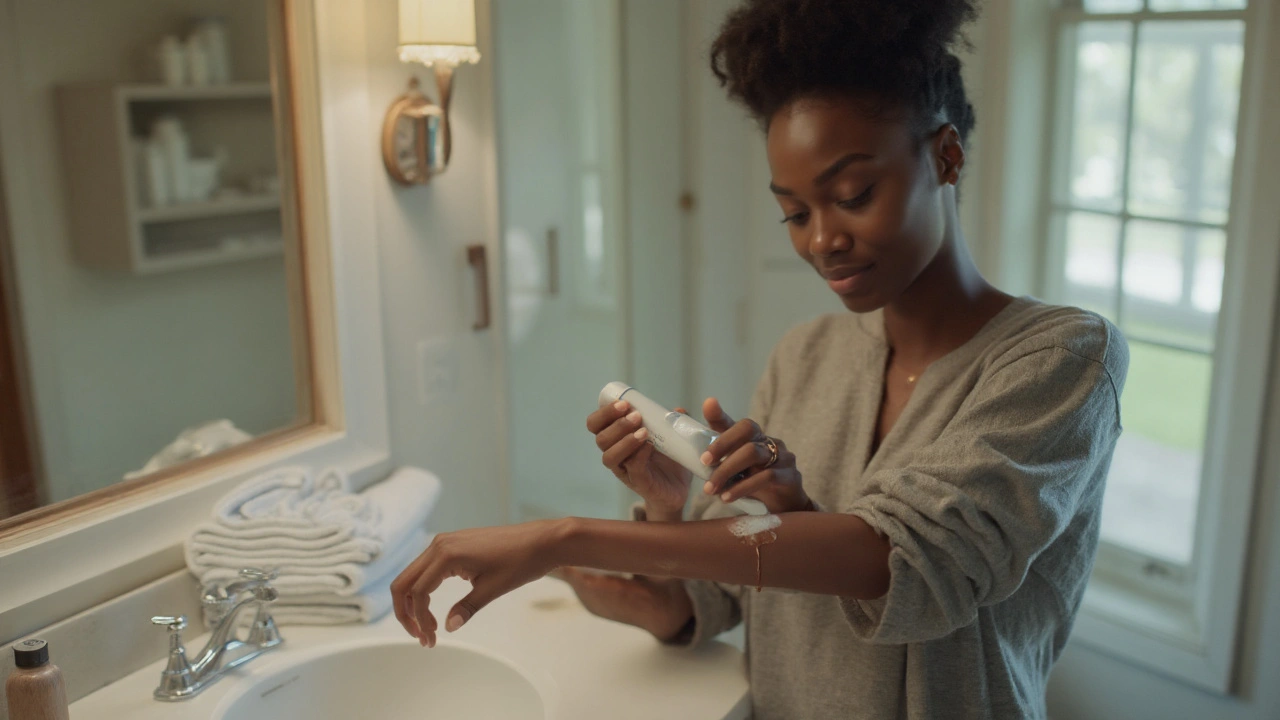Tinea Treatment: Fast Relief for Ringworm and Athlete’s Foot
If you’ve ever noticed a red, itchy patch that spreads in a ring shape, you’re probably dealing with tinea – the medical name for common fungal infections like ringworm, athlete’s foot, and jock itch. These bugs love warm, damp skin, so they show up on sweaty feet, groin, or anywhere you’ve had a tiny cut. The good news? Most cases clear up quickly with the right treatment, and you don’t need a huge medical bill.
Topical treatments you can buy over the counter
First‑line therapy for tinea is an antifungal cream, spray, or powder you can pick up at any pharmacy. Look for active ingredients such as clotrimazole (1%), terbinafine (1%), miconazole, or ketoconazole. Apply a thin layer to the affected skin twice a day for two weeks, even if the rash looks better after a few days. Consistency is key – stopping early lets the fungus bounce back.
For athlete’s foot, keep your feet dry and use a powder after each wash. Spray options work well on hard‑to‑reach places like between the toes. If you have a rash on your groin, a cream works better than a spray, because it stays in place longer. Always wash your hands after applying any product.
When you need prescription medication
Sometimes over‑the‑counter creams aren’t enough. If the infection covers a large area, keeps coming back, or you have a weakened immune system, a doctor may prescribe oral antifungals like terbinafine tablets, itraconazole, or fluconazole. These pills attack the fungus from the inside and usually work within a week, but you’ll need to finish the full course (often 2–4 weeks) to avoid resistance.
Prescription creams are stronger too – think of 2% or 4% ketoconazole gel. Your doctor might combine a topical with an oral drug for stubborn cases. Because oral antifungals can affect liver function, your doctor may run a quick blood test before starting treatment.
Aside from medication, a few home habits speed up healing. Change socks daily, wear breathable shoes, and avoid tight clothing that traps moisture. If you share towels, gym equipment, or shoes, sanitize them with an antifungal spray or a bleach solution.
Don’t forget to clean the environment. Wash bedding, towels, and any clothing that touched the infected skin in hot water (at least 140°F/60°C). For floors and shower stalls, a diluted bleach wash kills lingering spores.
If you notice spreading, swelling, pus, or fever, see a health professional right away – those could be signs of a bacterial infection on top of the fungus. Likewise, if you’ve tried OTC treatments for more than two weeks with no improvement, it’s time for a check‑up.
Bottom line: tinea is annoying but not dangerous for most people. Spot it early, keep the area clean and dry, and use the right antifungal product. With a little patience, you’ll be back to clear skin in no time.





